Fiona Sturges in The Guardian:
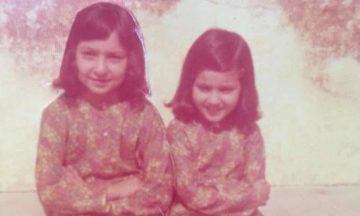 Arifa Akbar’s memoir begins with the death of her sister from a mysterious illness. Before she died in 2016, aged 45, Fauzia had already been rushed to hospital twice, the cause of her symptoms unknown. She had complained of chest pains, shortness of breath and night sweats. Her face began to swell and her lungs became inflamed, but still doctors were clueless. Later, as her speech started to slur and her behaviour became erratic, she was put in an induced coma and subsequently had a brain haemorrhage. Eventually there was a diagnosis: she had died of tuberculosis.
Arifa Akbar’s memoir begins with the death of her sister from a mysterious illness. Before she died in 2016, aged 45, Fauzia had already been rushed to hospital twice, the cause of her symptoms unknown. She had complained of chest pains, shortness of breath and night sweats. Her face began to swell and her lungs became inflamed, but still doctors were clueless. Later, as her speech started to slur and her behaviour became erratic, she was put in an induced coma and subsequently had a brain haemorrhage. Eventually there was a diagnosis: she had died of tuberculosis.
Akbar was left with questions, among them: why hadn’t Fauzia been diagnosed earlier? How, in 2016, does a person contract TB? Her sister’s death also prompted a broader reflection on her life and the ways she had been failed by others. Along with telling the story of a sibling, Consumed is also a candid dissection of family with its complex bonds and rifts, and an acute portrait of grief and mental illness. “Life brought Fauzia pain,” Akbar writes.
The eldest sibling, Fauzia was born in Pakistan shortly after her father had left for the UK to find work and start a new life. She didn’t meet him until she was one, when she and her mother first joined him in London. The child instinctively shrank from this man who was, to her, a stranger, which he took as a personal slight. Throughout her childhood, he subjected her to sustained abuse, reprimanding and taunting her, pulling her hair and often refusing to eat at the same table as her. He made no secret of the fact that her younger sister, Arifa, was the preferred daughter; his emotional cruelties towards Fauzia were, notes Akbar, “so insistent, every day and unrelenting, that they became normalised in our home”.
More here.

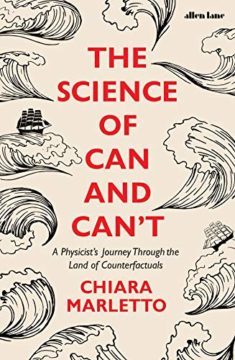 If you could soar high in the sky, as red kites often do in search of prey, and look down at the domain of all things known and yet to be known, you would see something very curious: a vast class of things that science has so far almost entirely neglected. These things are central to our understanding of physical reality, both at the everyday level and at the level of the most fundamental phenomena in physics—yet they have traditionally been regarded as impossible to incorporate into fundamental scientific explanations. They are facts not about what is—“the actual”—but about what could or could not be. In order to distinguish them from the actual, they are called counterfactuals.
If you could soar high in the sky, as red kites often do in search of prey, and look down at the domain of all things known and yet to be known, you would see something very curious: a vast class of things that science has so far almost entirely neglected. These things are central to our understanding of physical reality, both at the everyday level and at the level of the most fundamental phenomena in physics—yet they have traditionally been regarded as impossible to incorporate into fundamental scientific explanations. They are facts not about what is—“the actual”—but about what could or could not be. In order to distinguish them from the actual, they are called counterfactuals.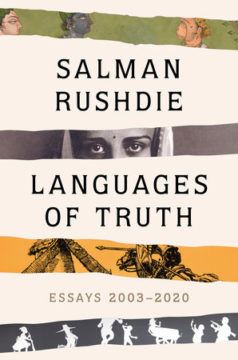 The inspiration for
The inspiration for  You observe a phenomenon, and come up with an explanation for it. That’s true for scientists, but also for literally every person. (Why won’t my car start? I bet it’s out of gas.) But there are literally an infinite number of
You observe a phenomenon, and come up with an explanation for it. That’s true for scientists, but also for literally every person. (Why won’t my car start? I bet it’s out of gas.) But there are literally an infinite number of 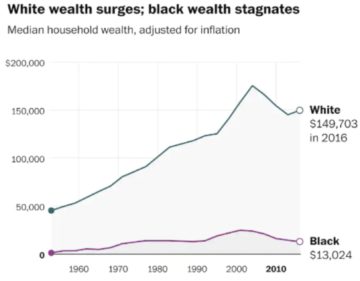 To mark 100 years since the Tulsa Massacre, President Biden
To mark 100 years since the Tulsa Massacre, President Biden 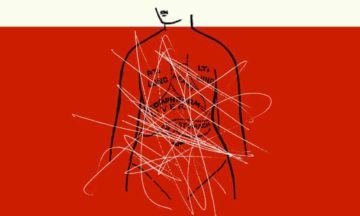 H
H A research team from the University of Massachusetts Amherst has created an electronic microsystem that can intelligently respond to information inputs without any external energy input, much like a self-autonomous living organism. The microsystem is constructed from a novel type of electronics that can process ultralow electronic signals and incorporates a device that can generate electricity “out of thin air” from the ambient environment. The groundbreaking research was published June 7 in the journal Nature Communications.
A research team from the University of Massachusetts Amherst has created an electronic microsystem that can intelligently respond to information inputs without any external energy input, much like a self-autonomous living organism. The microsystem is constructed from a novel type of electronics that can process ultralow electronic signals and incorporates a device that can generate electricity “out of thin air” from the ambient environment. The groundbreaking research was published June 7 in the journal Nature Communications. In 2013, a philosopher and ecologist named Timothy Morton proposed that humanity had entered a new phase. What had changed was our relationship to the nonhuman. For the first time, Morton wrote, we had become aware that “nonhuman beings” were “responsible for the next moment of human history and thinking.” The nonhuman beings Morton had in mind weren’t computers or
In 2013, a philosopher and ecologist named Timothy Morton proposed that humanity had entered a new phase. What had changed was our relationship to the nonhuman. For the first time, Morton wrote, we had become aware that “nonhuman beings” were “responsible for the next moment of human history and thinking.” The nonhuman beings Morton had in mind weren’t computers or  Gilles Demaneuf is a data scientist with the Bank of New Zealand in Auckland. He was diagnosed with Asperger’s Syndrome ten years ago, and believes it gives him a professional advantage. “I’m very good at finding patterns in data, when other people see nothing,” he says.
Gilles Demaneuf is a data scientist with the Bank of New Zealand in Auckland. He was diagnosed with Asperger’s Syndrome ten years ago, and believes it gives him a professional advantage. “I’m very good at finding patterns in data, when other people see nothing,” he says. Thirty years have passed since journalists were cut off from Punjab, and Punjab from the world. In June of each year, Sikhs throng to gurudwaras to observe one of the most significant of their religious holidays. On this day, when even the less observant find their way to gurudwaras, the Indian Army attacked Darbar Sahib—the Golden Temple, the Sikh Vatican —and dozens of other gurudwaras across the state.
Thirty years have passed since journalists were cut off from Punjab, and Punjab from the world. In June of each year, Sikhs throng to gurudwaras to observe one of the most significant of their religious holidays. On this day, when even the less observant find their way to gurudwaras, the Indian Army attacked Darbar Sahib—the Golden Temple, the Sikh Vatican —and dozens of other gurudwaras across the state.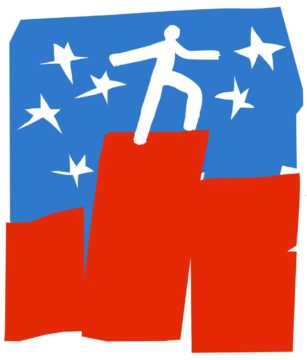 Nations, like individuals
Nations, like individuals In a recent study
In a recent study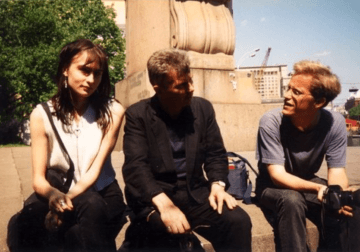 In a speech to the First All-Union Congress of Soviet Writers in Moscow in 1934, Central Committee secretary Andreï Zhdanov reminded those assembled of Comrade Stalin’s recent declaration that, in the Soviet Union, writers are now “the engineers of the human soul”.
In a speech to the First All-Union Congress of Soviet Writers in Moscow in 1934, Central Committee secretary Andreï Zhdanov reminded those assembled of Comrade Stalin’s recent declaration that, in the Soviet Union, writers are now “the engineers of the human soul”. In the 1950s, four decades before he won a Nobel Prize for his contributions to
In the 1950s, four decades before he won a Nobel Prize for his contributions to  On June 2 ,Bill Gates’ advanced nuclear reactor company TerraPower, and Warren Buffett’s PacifiCorp announced that they’ve chosen Wyoming as the state to launch their Natrium advanced nuclear reactor project.
On June 2 ,Bill Gates’ advanced nuclear reactor company TerraPower, and Warren Buffett’s PacifiCorp announced that they’ve chosen Wyoming as the state to launch their Natrium advanced nuclear reactor project.